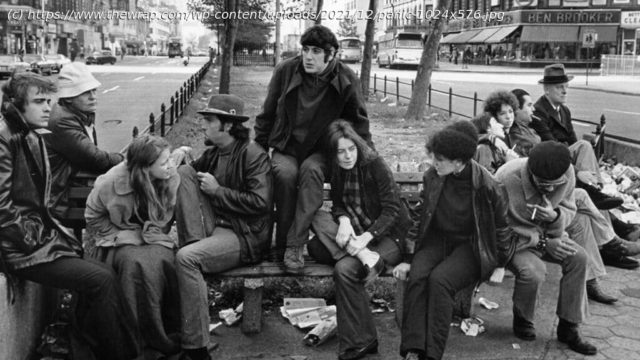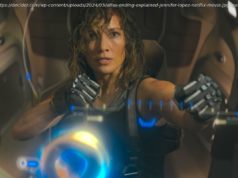A detailed look at the late writer’s early-’70s studio films with husband John Gregory Dunne, « The Panic in Needle Park » and « Play It as It Lays »
Having just produced the film version of Mart Crowley’s “The Boys in the Band,” Dominick Dunne looked forward to making a film with his brother, John, and his sister-in-law Joan Didion. The idea they all liked best was a film version of James Mills’ novel about a couple of young drug addicts on Manhattan’s rough Upper West Side. Didion summarized their film adaptation of “The Panic in Needle Park,” calling it “‘Romeo and Juliet’ on heroin.” It was the kind of short, snappy synopsis film executives loved and Didion delivered often in the early 1970s. The success in 1969 of such an offbeat hit as “Easy Rider” opened the door for another low-budget drug-themed movie, and the positive buzz on the Dunne-produced “Boys” helped, too. Didion and the Dunne brothers’ ideas for casting their film were unorthodox but right in step with what Hollywood deemed hip in 1970. They wanted Jim Morrison of The Doors to make his screen debut as the drug addict Bobby in “The Panic in Needle Park.” Joan Didion and John Gregory Dunne had met Morrison when The Doors were recording their third album, “Waiting for the Sun,” at the Two Terrible Guys Studio near Sunset and Highland in Hollywood. Morris showed up late, belligerent, drugged and ready to set his much-inspected crotch on fire with a match. Didion, on assignment from The Saturday Evening Post, hoped to get an interview with the rock star. When Morrison proved incommunicative, she instead wrote an essay about the recording session for her book “The White Album.” She noted how The Doors talked to each other “from behind some disabling aphasia…. There was a sense that no one was going to leave the room, ever.” Dominick Dunne secured a movie deal with Avco-Embassy, which had just released “The Graduate.” Even though the deal boasted a budget under $1 million, Dunne got the studio to put him up at the Volney Hotel, once home to Dorothy Parker, on East 74th Street in Manhattan. Since Didion and her husband were still working on the script, they took up residence at a much less desirable address, the Alamac Hotel, across Broadway and West 71st Street from Sherman Square, home to more addicts than trees and better known as Needle Park. Living at the seedy Alamac, they thought, would be part of their research. The couple were on their way to being known as the Didions in Hollywood, much to John Gregory Dunne’s distress. Their friend Billy Hale, a major TV director, remembered their scouting Upper West Side locations for “The Panic in Needle Park.” “They went to Abercrombie & Fitch and bought all these jungle outfits. They were going into the heart of darkness. They took it very seriously,” he said. But not that seriously. They typically lunched on the other side of town at La Cote Basque. Real panic struck when Avco-Embassy abruptly dumped the “Needle Park” project, and Dominick Dunne had to work overtime to negotiate a deal with Twentieth Century Fox and also try to hire a director. He much admired Jerry Schatzberg’s edgy “Puzzle of a Downfall Child,” starring newcomer Faye Dunaway. At the time, Schatzberg was better known for his fashion photography in Vogue. “I read it with one eye and not much heart,” Schatzberg said of the Didions’s “Needle Park” script. What did excite him was a young actor whom Dominick Dunne wanted to cast after Jim Morrison proved too debauched (he died from a drug overdose in July 1971). The director had seen Al Pacino in the play “The Indian Wants the Bronx” and told his agent, “Boy, if ever I did a film, that’s the guy I’d like to work with.” Dominick also saw Pacino, but in another play, “Does a Tiger Wear a Necktie?”, and promptly thought of him to play Bobby in “Needle Park.
Home
United States
USA — Cinema Inside Joan Didion’s Entry Into Hollywood With Jim Morrison, Al Pacino and...






